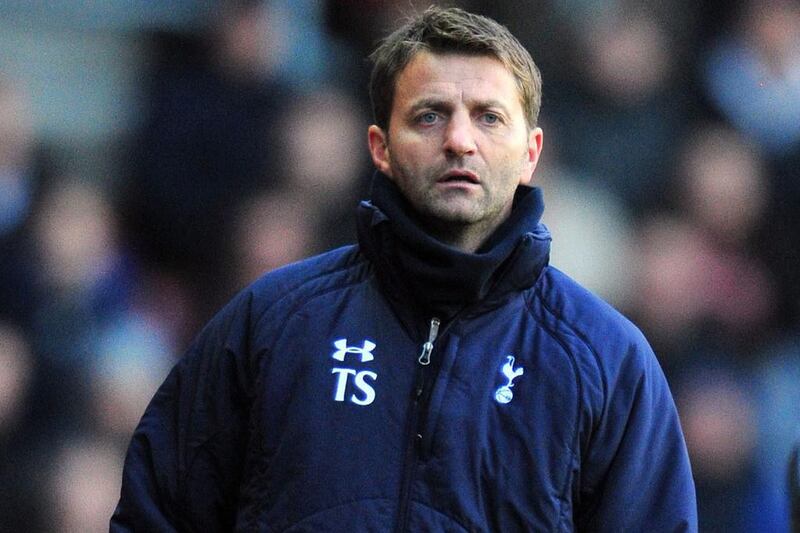Some Tottenham Hotspur fans seem very excited by the prospect of Tim Sherwood being appointed manager.
There has been enthusiastic talk about returning the club to its traditions and the appeal of the attacking 4-4-2 deployed against West Ham United in the League Cup and against Southampton in the league on Sunday.
His approach certainly seems to have dispelled the gloom that haunted the final weeks under Andre Villas-Boas, but it also raises serious questions about how Tottenham are being run.
Traditionally, English clubs have placed the manager in almost absolute control. Since the 1920s, he bought the players and organised the coaching, then picked the team and set the tactics on matchday.
Not only is that a huge range of responsibilities requiring a ludicrous diversity of skills – why, after all, would a man who can organise a defence also be able to negotiate the minutiae of a contract? – but it meant that in practice every time a club sacked a manager it found itself having to buy another half dozen players who fitted the new appointee’s methods. It was hugely wasteful.
So, recently, English clubs have moved more towards the model usual in continental Europe, whereby the general approach is set by the board-room, and a sporting director employed to enact that, buying players and appointing a manager to suit.
The idea, to use the term which Manchester City coined last summer, is to establish a “holistic” approach, so that, ideally, every department of the club, from the youth side to the first team, is working towards the same model.
Swansea City, who have been promoted from the fourth to the top flight in a decade with a modest budget, and have seen Roberto Martinez, Paulo Sousa and Brendan Rodgers all move to (at least supposedly) bigger managerial jobs without faltering, provide the model: that’s how it should work.
Sherwood was Tottenham’s technical co-ordinator before taking over from Villas-Boas on a temporary basis. He was largely responsible for youth development, the ultimate aim of which is surely to produce players for the first team – and, as if to make the point, he gave the 19 year old midfielder Nadil Bentaleb his debut against Southampton.
Yet as soon as he replaced Villas-Boas, he shifted from a style based in controlling midfield in a 4-3-3/4-2-3-1 hybrid to a harum-scarum 4-4-2 with no possibility of dominating the centre.
Both games so far have been so lacking structure as to be effectively crap shoots: Sherwood won one and lost one.
The merits of the approach are debatable, but what is clear is that there was no agreement between Villas-Boas and Sherwood on the best way to play, no coherent tactical approach running from top to bottom.
Given the number of midfielders accumulated at the club, the plan was surely never to play with two strikers.
Perhaps Sherwood is simply being allowed his head while a replacement is found. Perhaps he is deliberately loosening the reins to clear heads before returning to something more controlling.
But if Sherwood, as he has played in his first week, is appointed, something has gone badly wrong with the long-term planning.
sports@thenational.ae
Follow us on Twitter @SprtNationalUAE





